Monument to Kosovo heroes in Krusevac
In some of the past posts, I visited Kruševac, I said that it is full of monuments and historical sights. This is, in my opinion, the biggest landmark I have visited.
The monument to Kosovo's heroes is a symbol of Kruševac from Vidovdan in 1904, when it was solemnly unveiled by King Petar I Karađorđević on the occasion of the celebration of the centenary of the First Serbian Uprising. The cornerstone was laid by King Aleksandar Obrenović in the newly formed core of the city, on the occasion of the celebration of the 500th anniversary of the Battle of Kosovo in 1889. Thus, the space of the future center of Kruševac was determined.
The monument is the work of the famous Serbian sculptor George Jovanovic and is the most monumental work of national sculpture from the beginning of the 20th century. At the world exhibition in Paris in 1900, where sculptural elements were exhibited, the author was awarded the First Order Gold Medal.
Monument to Kosovo heroes - appearance
The monument is in the shape of a marble pyramid, 6 meters high. It was performed in the spirit of French academicism in the neoclassical style with clear sculptural symbols.
The most significant is the composition at the top. Bosko Jugovic, the flag bearer of the Serbian army, fights wounded, with a broken sword, but does not drop the flag. In the dramatic last moments, Villa flies in and accepts the flag, symbolizing the continuation of the fight, and puts a laurel wreath on his head.
The figure of a guslar on the north side represents the duration of an epic struggle through the centuries. The girl on the south side symbolizes Serbia, which, with its outstretched hand to the south, calls for the liberation of the enslaved brothers, promising a wreath of glory to the transgressors.
The relief on the east side shows the epic communion of the prince's army, and on the west the scene of the assassination of the Turkish emperor Murat.
On the north side is the coat of arms of Nemanjić and 1389 - the year of the Battle of Kosovo; on the west - the coat of arms of Tsar Dušan and 1904 - the year of the unveiling of the monument; on the east - the coat of arms of Prince Lazar and the dedication to "Serbian Kosovo heroes", with a laurel wreath and a palm branch at the foot, while on the south side is the new coat of arms of the Kingdom of Serbia from 1888 and the year of Serbia's proclamation - 1882.
The motifs on the cast iron fence around the monument represent stylized Kosovo peonies.
As part of the celebration of the 600th anniversary of the Battle of Kosovo, in 1989, a wreath was gilded on the monument, which the fairy puts on the head of Boško Jugović.
The battle of Kosovo was fought on Vidovdan (June 15/28) in 1389, not far from Pristina, between Serbian and Turkish forces. The Serbian forces were led by Prince Lazar, and among them were the forces of his relatives and allies, while Sultan Murat I was at the head of the Turkish army with his sons Jakub and Bajazit.
In the first phase of the battle, Serbian forces suppressed the opponent, and one of the Serbian knights (Miloš Obilić) managed to kill Sultan Murat. After that, his son Bajazit managed to consolidate his ranks and launch a counter-attack in which Prince Lazar was captured. He was executed on his orders, after which the Ottoman army withdrew from the battlefield and left Serbia.
The first sources about the battle itself speak of the Serbian victory, and only later do allegations about a draw and a Serbian defeat appear (in the middle of the 15th century). Therefore, it is considered that the battle itself ended most likely with a Serbian victory or possibly a draw, but in terms of its far-reaching consequences, it represents an Ottoman victory.
Under the pressure of the Hungarian attacks (autumn 1389) and their contacts with Vuk Branković, Lazar's successors made peace with Bajazit in the first half of 1390 and recognized his supreme authority. With the help of his troops, they managed to suppress the Hungarians and regain the lost lands in western Serbia.
The battle of Kosovo had a great echo in the then Europe and managed to temporarily stop the Ottoman spread in Europe. Over the following centuries, it became the central motif of Serbian folk epic poetry and the central motif of Serbian national identity.
Serbia was proclaimed a kingdom on March 6, 1882

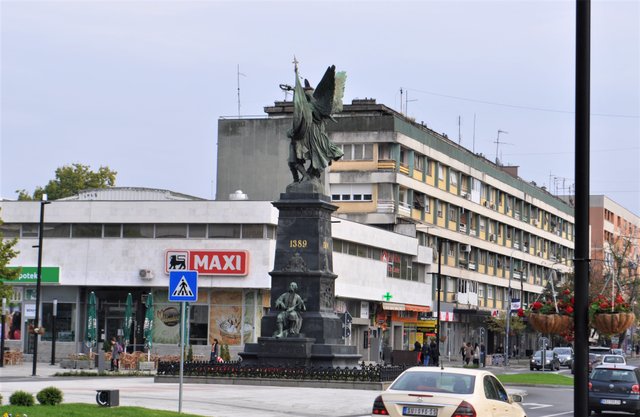
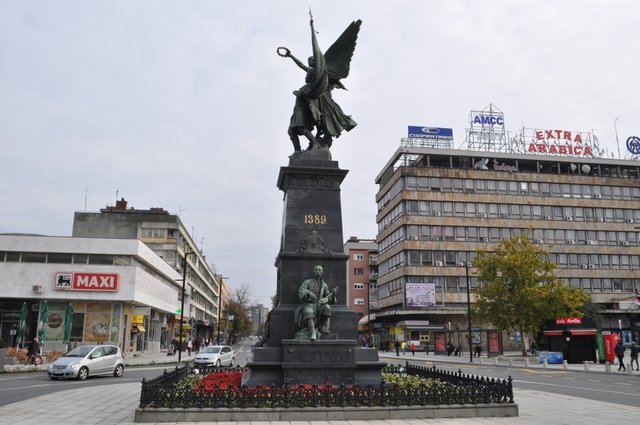
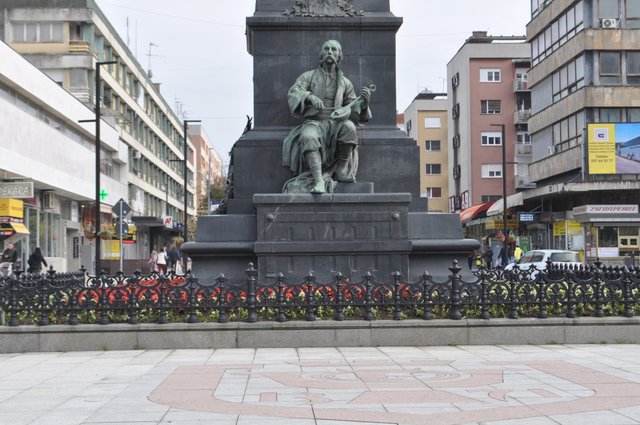
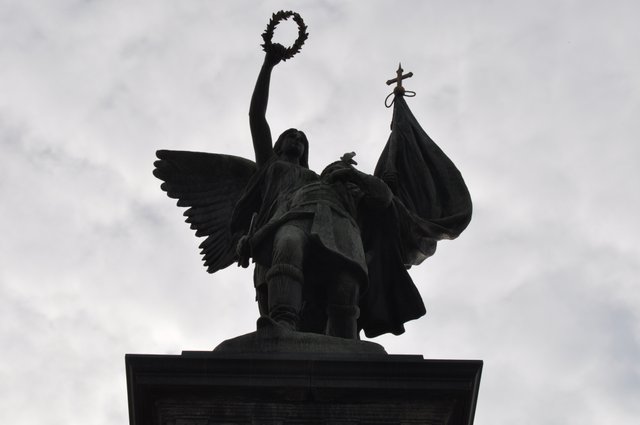
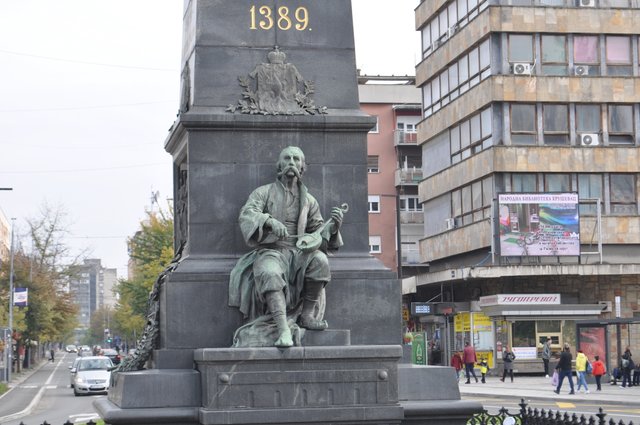
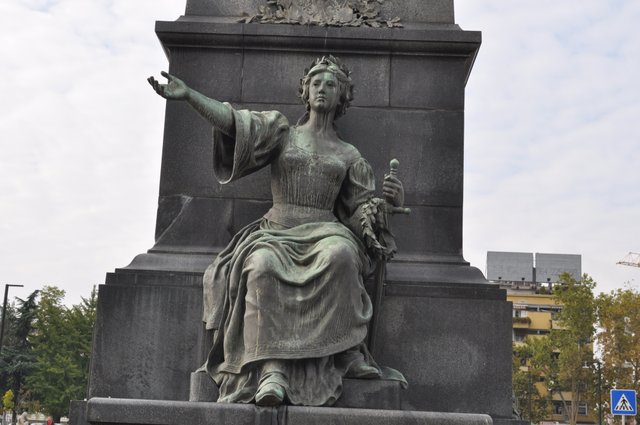
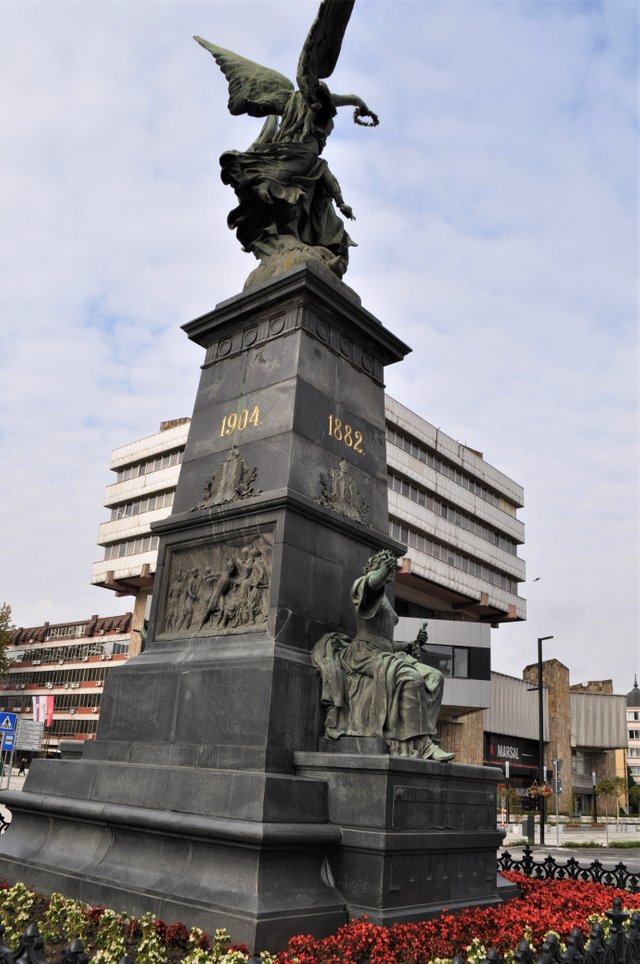
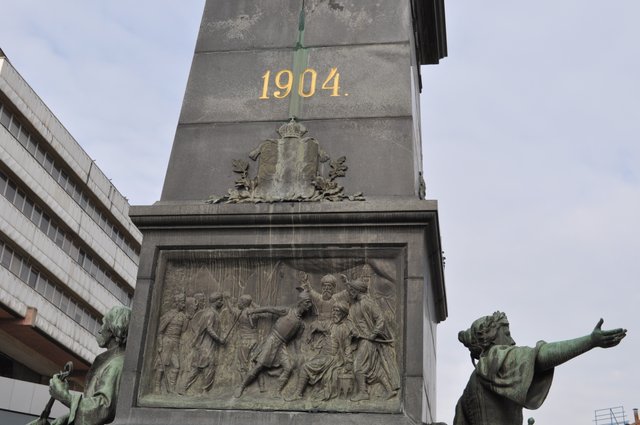

That's an awesome monument! I like how it tells a story from history, and is really several works of art. Thanks for showing us this monument from each side and telling us about it! :)
You're welcome. It was a pleasure. Thank you for the comment :D